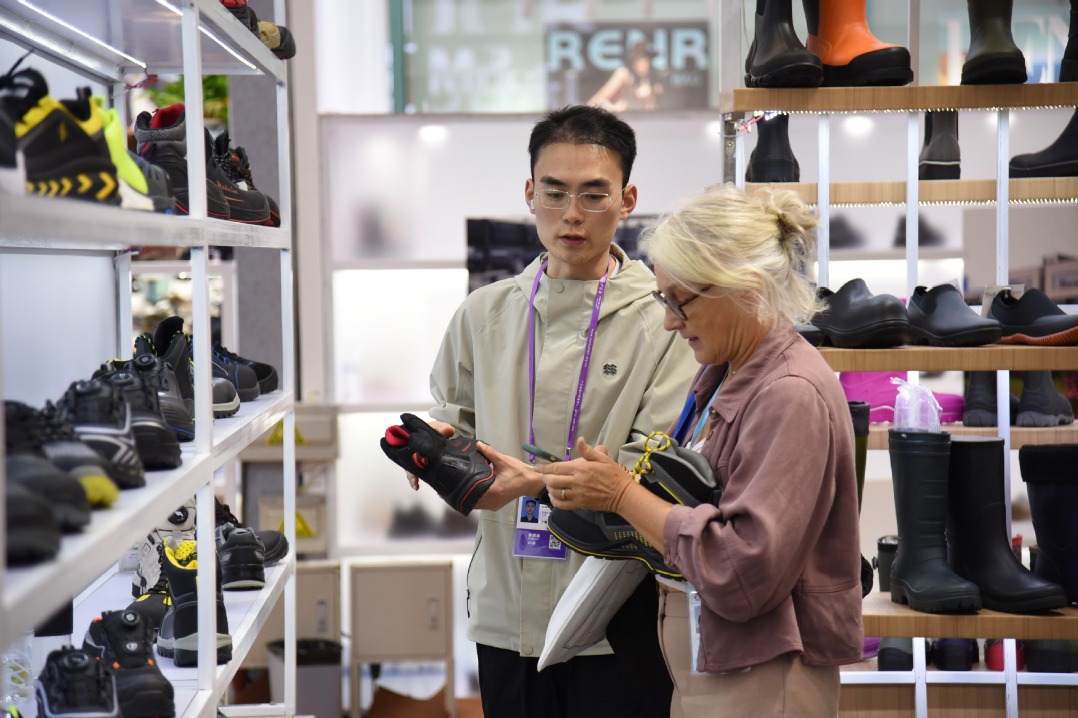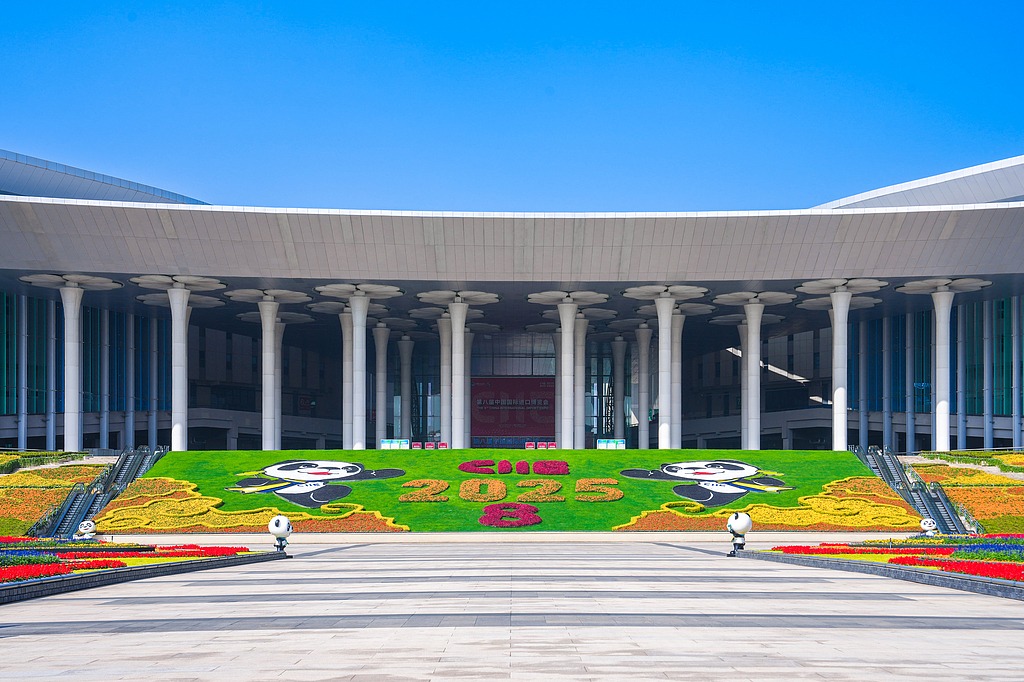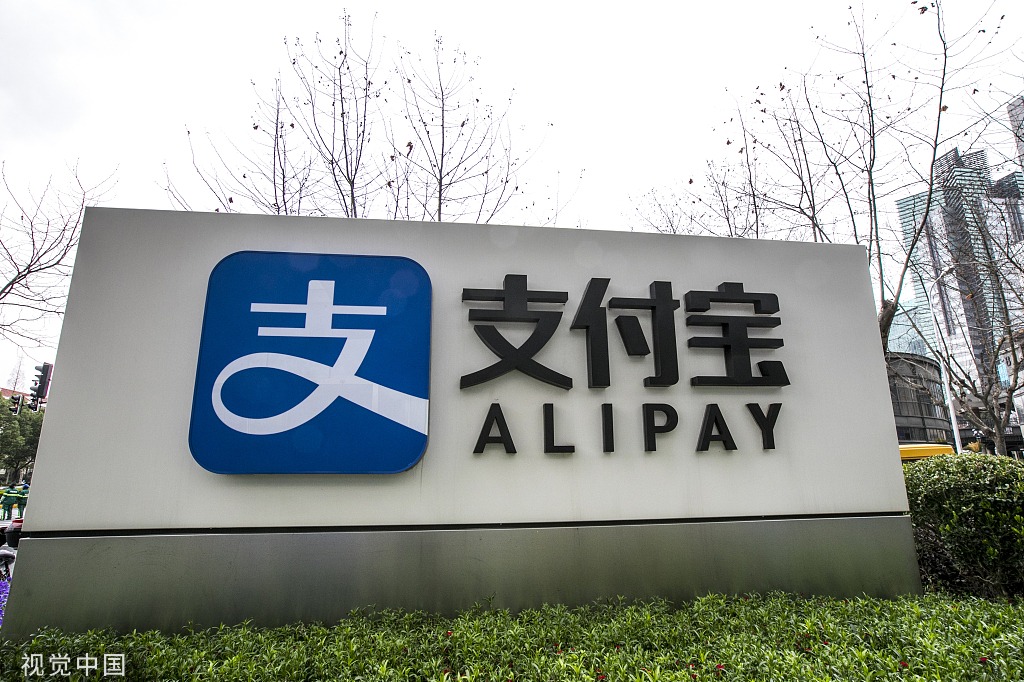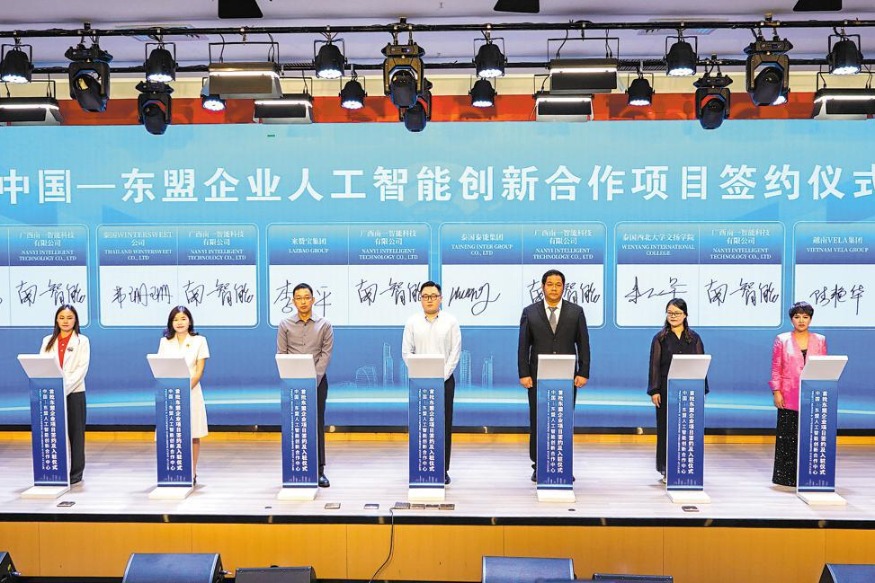Clean transmission
Northwest China can lead the way in building a multi-tiered and flexible market mechanism to facilitate variable renewable energy integration into the grid


Northwest China can lead the way in building a multi-tiered and flexible market mechanism to facilitate variable renewable energy integration into the grid
Climate change is producing more frequent extreme weather events that are increasingly challenging power supplies and grid dispatch. This in turn requires greater planning and preparedness to address potential system vulnerabilities, particularly in regions with abundant renewable energy resources. The recent drought and power shortage in Sichuan province, which relies heavily on hydro-power generation, serves as a reference for Northwest China which is wind and solar rich. Northwest China leads the country in the capacity and generation of variable renewable energy (VRE) and is already beginning to transition to a new power system, although it is experiencing system integration challenges.
The Northwest Power Grid is a synchronous power grid characterized by its large scale, high proportion and heavy concentration of installed VRE capacity. Since 2016, the Northwest Power Grid has achieved remarkable results in reducing wind and solar curtailment for five consecutive years and increasing the utilization of VRE for five consecutive years, promoting VRE integration through various measures. With China deploying and commissioning a series of large-scale wind and solar base projects in its efforts to realize its dual carbon goals, VRE will become the largest source of power in the Northwest region, thus challenging the Northwest power grid to integrate an unprecedented amount of VRE. Building a multi-tiered and flexible market mechanism to address VRE integration is therefore of the utmost significance.
By the end of 2021, VRE comprised 42 percent of the total installed capacity of the Northwest Power Grid at 143 gigawatts and generated 2.28 terawatt-hours or 21.18 percent of the region's annual total power generation, far exceeding the national average. It is estimated that the installed capacity of VRE in the Northwest Power Grid will exceed 180 GW by the end of 2022. This means the Northwest Power Grid will become the first regional power grid in China to have VRE as the primary power source, signifying a solid step toward building a new power system with renewable energy at its core.
As a typical energy production and export base with rich wind and solar resources, the Northwest region is an important pillar for China's energy transition and development. As a result of the explosive development of VRE in the Northwest in recent years, the region is now characterized by three "high's": its high level of VRE installed capacity, its high number of market players and its high amount of exported electricity.
Since 2019, the average annual growth rate of the share of VRE installed capacity and power generation in Northwest China has remained at about 4 percent and 1.5 percent respectively. The high share of grid-connected renewable energy poses the dual challenge of VRE utilization during the mid-load period and tight power supply during the morning and evening peak periods. The power shortage problem faced by the Sichuan power grid, which also has a high share of renewable energy, is a wake-up call for the Northwest region to seek a balance between ensuring renewable energy resource adequacy and grid integration.
The composition of market players and their mode of market participation in Northwest China are complex due to both historical development factors and regional characteristics. The market players include both traditional entities such as renewable and thermal generation providers and emerging entities such as independent energy storage and demand response providers. There are also other entities whose market status and mode of market participation are as yet unclear, including captive power plants and energy storage. The trend of diversification and increasing complexity in the composition of market entities require greater attention in the orderly and healthy development of the power system.
The Northwest Power Grid has put into operation 11 DC transmission lines with a total output capacity of 70 GW. Currently the maximum utilization is nearly 40 GW with a total cross-region export volume equating to 37 percent of the whole Northwest grid's electricity demand. As the scale of electricity export continues to increase, the "large exporter "characteristic of the Northwest Power Grid has become increasingly prominent and is playing a key role in the allocation of power resources across the country.
It is estimated that the installed VRE capacity in Northwest China will reach 350 GW by 2030, or three times that of the existing VRE units, putting unprecedented system integration pressure on the Northwest Power Grid. A comprehensive and multi-tiered power market mechanism will provide an important driving force for the energy transition and new power system construction in Northwest China.
First, the structure of the electricity market in Northwest China should be improved in stages to include a decentralized first and then centralized spot market; a regional first and provincial second ancillary services market, and a "reliability plus flexibility" dual track capacity market, thereby forming a synergistic system with a spot market at the base, ancillary services market as the support pillar, and a capacity market as a safety net.
Second, the participation in the electricity market should be augmented by fully supporting emerging market players entering the power market and promoting the transition from the conventional mode of single supply-side market player to the integration of multiple market players from the supply, demand, storage and charging sides, thereby improving the power system's flexible regulation capability.
Finally, the renewable energy export mechanism should be improved by constructing a Northwest China electricity export trading system with a view toward complementarity between the bundled power supply and surplus power, increasing the proportion of renewable energy in transmission channels, and participating in the construction of a unified national electricity market, thereby further breaking down barriers and realizing the utilization of renewable energy across a wider range.
Li Gengfeng is an associate professor at Xi'an Jiaotong University. Mona Yew is China deputy director of Natural Resources Defense Council. The authors contributed this article to China Watch, a think tank powered by China Daily.
The views do not necessarily reflect those of China Daily.
Contact the editor at editor@chinawatch.cn


































